FAQ about XINGHUO Glass
Mar 28, 2025
1. What is the MOQ?
XINGHUO Glass sets reasonable MOQ standards for different product delivery types. For stock products, our minimum order quantity (MOQ) is 5,000 pieces. Due to the heavy weight of glassware products, we recommend customers to order a full box of loadable quantity to help you save freight costs. Taking a 20GP container as an example, it can usually hold about 700 cartons. For customised orders such as OEM or ODM, the general MOQ must be 50,000 - 100,000 pieces. For some orders involving post-processing, the MOQ requirement may be relatively low. The specific MOQ will be adjusted based on factors such as product complexity and raw material supply conditions. If you have special requirements, please contact our sales team and we will do our best to meet your needs.
2. How long is the product delivery time?
Normally we can despatch stock items by express within 7 days. For custom orders, the production cycle usually takes about 20-40 days. We will clarify the specific delivery time with you when the order is confirmed and implement it strictly according to the agreement to ensure that you receive the goods on time.
3. Do you provide samples?
Yes, Xinghuo Glass is happy to provide samples for your evaluation. You can contact our sales team through our website to request samples. We will provide some regular product samples free of charge according to your needs, but for custom samples or special specifications, we may charge a certain sample fee, which can be fully deducted from the purchase price when you place a formal order later. The cost of shipping the sample is borne by the customer and we will select the appropriate courier to deliver the sample to you as quickly as possible.
4. What is the payment term?
We have a flexible and transparent payment policy. For new customers, we generally require a 30% deposit upon order confirmation and the balance before shipment. For long-term, stable and creditworthy customers, we can negotiate more favourable payment methods, such as payment by letter of credit. The exact payment period and method can be determined by further communication with our sales team based on the actual order situation.
5. Are you a manufacturer or a trading company?
XINGHUO Glass is a professional manufacturer of household glassware. We have our own production plant equipped with advanced production equipment and a professional technical team. From raw material procurement, product design, production and processing to quality inspection, every link is strictly controlled to ensure that we provide customers with high-quality glass products. This also enables us to have greater advantages in product prices, customized services and delivery cycles, and better meet the diverse needs of customers.
6. How do you control the quality?
Quality is the lifeline of XINGHUO Glass. We have established a complete quality management system, starting from the source of raw materials, and select only high-quality glass raw materials that meet national standards. In the production process, each process has strict quality inspection standards, and professional quality inspectors are equipped to conduct real-time monitoring and random inspections. After the product is manufactured, a comprehensive final inspection is carried out to ensure that the product's appearance, size, strength and other indicators meet high quality standards. At the same time, we continue to introduce advanced inspection equipment and technology, and continuously optimise the quality management process to provide you with the best quality glass products.
7. Do you work with large clients or large companies?
Yes, with high quality products and good services, XINGHUO Glass has established long-term and stable cooperative relationships with many major domestic and overseas customers and well-known large enterprises. We have provided customized glass products and services for Deli Glassware company, Ocean company, IKEA, Luminarc, Libbey, Walmart, Riedel, Bormioli, Sam's Club, Costco, Temu, etc., and won their high recognition. The experience of working with major customers has enabled us to accumulate rich experience, better respond to various complex order requirements, and provide professional and efficient services to customers of different sizes.
8. Product customization service: Do you provide product customization services, such as engraving, LOGO printing or special design?
Of course, XINGHUO Glass focuses on providing customers with personalised product customisation services. Whether it is engraving words on glass drinkware, printing your company's LOGO on tableware and wine ware, or making special designs based on your creativity, our professional design and production team can meet your needs. All you need to do is provide us with detailed customisation requirements and design documentation and we will create a unique glass product for you. The price and delivery time of the customisation service will be assessed according to the complexity of the customisation, and we will provide you with an accurate quotation and time estimate as soon as possible.
9. Product Packaging: How are Xinghuo Glass products packaged? Do you provide special export packaging to ensure safe transportation?
We take product packaging very seriously and recognise its importance in protecting products and ensuring their safety in transit. Conventional products are packaged in sturdy cardboard boxes, with foam, bubble wrap and other cushioning materials used inside to provide multiple layers of protection to ensure the products are not bumped or damaged during transit. For export products, we provide special export packaging to meet international transport standards. We use thickened cartons, customised wooden boxes and other packaging methods, and add more protective measures such as wrapping film and corner protectors to cope with long-distance transport and complex transport environments. At the same time, we will clearly mark product information, transport precautions, etc. on the packaging to ensure that the goods are delivered safely and accurately to the destination.
10. International Transportation and Logistics: Which logistics companies are usually used for international transportation? How are the transportation costs calculated?
We have established long-term cooperative relationships with many well-known international logistics companies such as DHL, FedEx, UPS and some professional international shipping companies. We will choose the most suitable logistics method for you based on the weight, volume, destination and transport time requirements of the goods. The calculation of the transport cost is mainly based on the weight and volume of the goods (whichever is greater), taking into account factors such as transport distance, transport method and relevant taxes and charges of the destination country. You can contact our sales team for specific shipping costs when placing an order and we will provide you with a detailed quote.
11. Pricing policy: Are there any price preferences or discounts for dealers who purchase in large quantities?
In order to give back to our dealers who have supported us for a long time, Xinghuo Glass has formulated a preferential price policy for customers who purchase in large quantities. When the purchase volume reaches a certain scale, we will give corresponding discounts according to different product series and purchase quantities. The specific discount range and purchase volume standards can be negotiated with our sales team. We will formulate the most cost-effective cooperation plan for you based on your actual purchase situation, helping you reduce procurement costs and improve market competitiveness.
12. After-sales service: If the product is damaged during transportation or has quality problems after the customer receives it, what is the after-sales service process?
If the product has been damaged in transit or you find any quality issues after receiving it, please contact our customer service team as soon as possible with relevant photos and order details. We will respond to your query within 24 hours and arrange for someone to check it. If it is confirmed that it is a product quality problem or damage in transit, we will replace the product free of charge or arrange a refund. For replacement products, we will arrange production and delivery as soon as possible to ensure that you receive the goods in good condition on time. We always adhere to the principle of putting the customer first and are committed to solving any after-sales problems for you so that you can shop with confidence.
13. New product releases: Do you launch new products regularly? How can I get the latest product information and samples?
XINGHUO Glass is committed to product innovation and will launch new products regularly. Our new product research and development team pays close attention to market trends and customer needs, and continuously launches novel and practical glass products. You can get the latest product information in the following ways: first, pay attention to the new product release section of our company website, and we will update the new product information on the website as soon as possible; second, subscribe to our email notifications, as long as you leave your email address on the website, we will regularly send you new product information; third, pay attention to our social media accounts, such as LinkedIn, Facebook, YouTube, etc., we will release new product dynamics on these platforms. If you want to get new product samples, you can apply according to the sample application process mentioned above, and we will arrange it for you as soon as possible.
14. Environmental protection and sustainability: Does XINGHUO glass pay attention to environmental protection and sustainability during the production process?
In the production process, XINGHUO Glass always puts environmental protection and sustainability in an important position. We use advanced production technology and equipment to optimize the production process to reduce energy consumption and reduce waste emissions. In the selection of raw materials, we give priority to recyclable glass raw materials and actively explore the use of environmentally friendly raw materials. At the same time, we have established a complete waste treatment system to classify and recycle the waste generated in the production process to achieve the recycling of resources. We firmly believe that only by paying attention to environmental protection and sustainable development can we provide customers with better products and make positive contributions to society and the environment.
15. Exhibitions and Events: Do you participate in relevant industry exhibitions or events at home and abroad? In what occasions can customers directly contact your products?
XINGHUO Glass actively participates in various domestic and international related industry exhibitions and activities, such as the Canton Fair, Frankfurt Exhibition, etc. By participating in these exhibitions, we are able to showcase the latest products and technologies and have face-to-face exchanges and communication with customers. At the exhibition site, you can directly see and touch our products and experience their quality and design firsthand. In addition, we will also hold product promotion activities and customer appreciation meetings from time to time, inviting customers to visit our factory to experience and understand the production process of the products. You can follow our official website and social media accounts to get the latest information on our participation in exhibitions and events, so that you can get close to our products on the right occasion.
16. Cooperation model: What cooperation model do you usually adopt with distributors? Do you support exclusive agency or distribution agreement?
The cooperation model between Xinghuo Glass and its distributors is flexible and diverse to meet the needs of different customers. Our common cooperation models include ordinary distribution cooperation, where distributors purchase products at the agreed price and are responsible for marketing and sales. For dealers with strength and market resources, we support the exclusive agency cooperation model, granting exclusive agency rights in a certain area to ensure the market rights and interests of agents. At the same time, we also offer a distribution agreement model, which divides different distribution levels according to dealers' sales capabilities and market coverage, and provides corresponding policy support. You can discuss the specific cooperation model and policy details in detail with our sales team. We will formulate the most suitable cooperation plan for you based on your actual situation and work together to create a win-win situation.
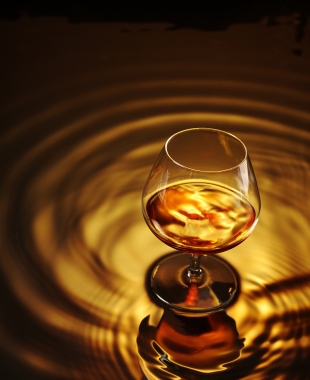

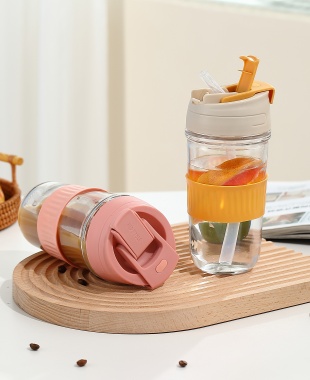
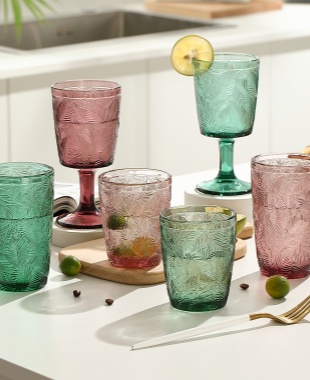

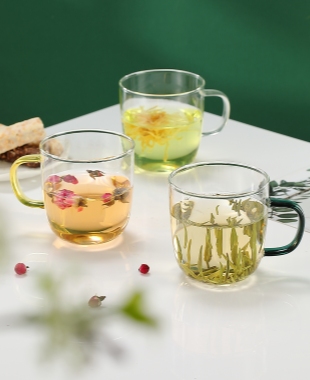
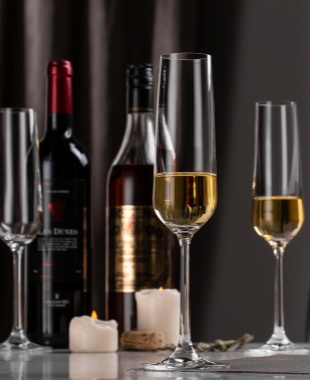
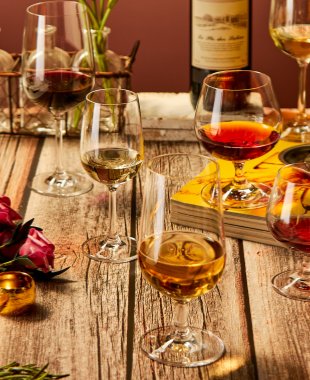
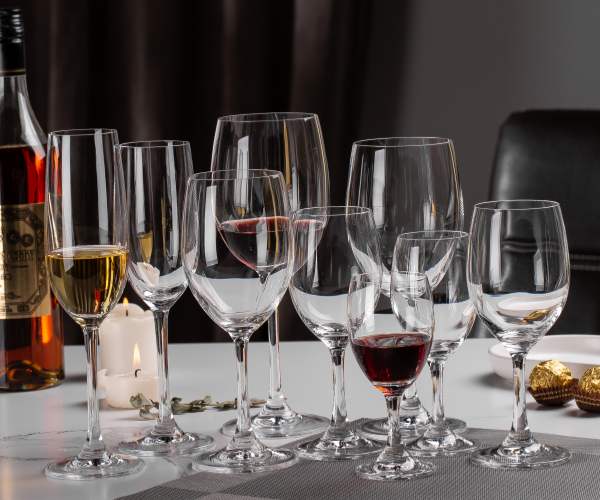

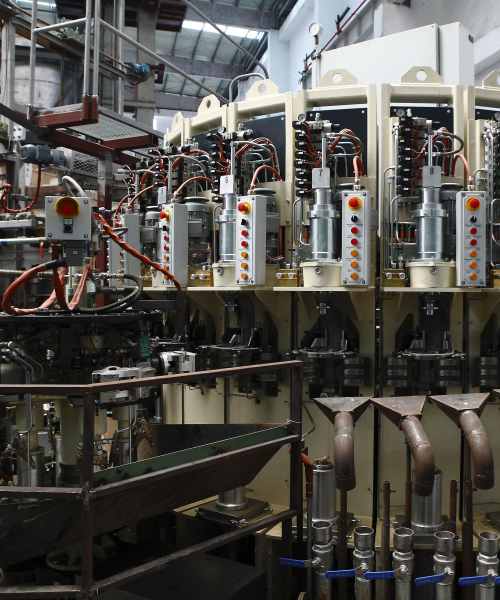
 Network Supported
Network Supported